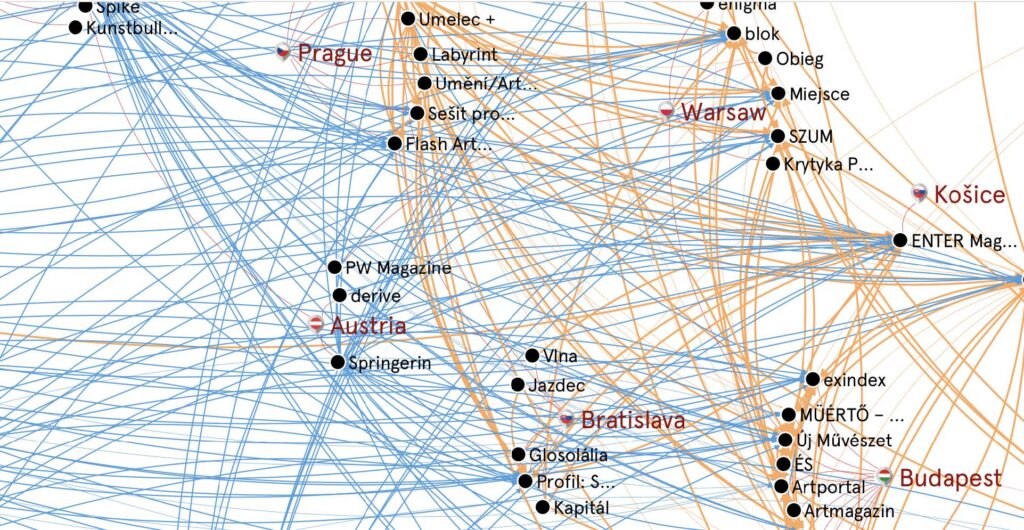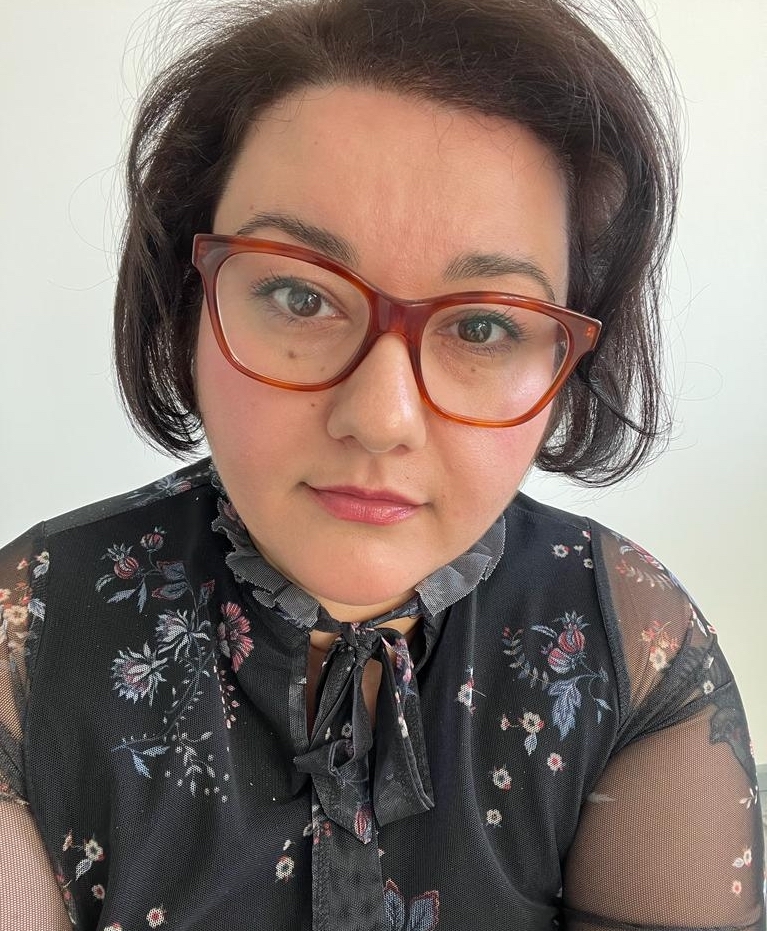25th Anniversary Reflections: Roundtable “Arts Publishing in Eastern Europe in Times of Crisis” (ARTMargins Online Editors), 2022
ARTMargins Online is celebrating 25 years! To mark the occasion, the editors invited past ARTMargins Online authors and other writers from the region to select one article from AMO’s online archive of more than 1000 texts, providing a brief introduction that highlights the chosen item’s continued relevance. ARTMargins Online published its first article on January 15, 1999. Today, the publication is one of the largest online archival resources for contemporary art from East-Central Europe and beyond. Our reflection project celebrates AMO’s 25 years, but it also aims to highlight our unwavering commitment to promoting research, criticism, and artistic projects that advance our understanding of contemporary art from the region in a critical global perspective.
 Decades after the fall of the Iron Curtain, the air in Eastern Europe still hangs heavy with the ghost of silence. It is a silence that whispers in the hushed corridors of art institutions and clings to the edges of critical discourse, a silence that, despite the dismantling of totalitarian regimes, continues to shape the fabric of artistic expression in the region. We know that censorship and self-censorship persist. Yet we often shy away from acknowledging that they exist, as if ignoring them would make them disappear. This willful amnesia, however, perpetuates a dangerous cycle of fear and complicity, hindering the very artistic freedoms we strive for and that previous generations literally fought for. It is a silence that echoes the chilling legacy of the past and continues to shape the landscape of art production in post-socialist contexts.
Decades after the fall of the Iron Curtain, the air in Eastern Europe still hangs heavy with the ghost of silence. It is a silence that whispers in the hushed corridors of art institutions and clings to the edges of critical discourse, a silence that, despite the dismantling of totalitarian regimes, continues to shape the fabric of artistic expression in the region. We know that censorship and self-censorship persist. Yet we often shy away from acknowledging that they exist, as if ignoring them would make them disappear. This willful amnesia, however, perpetuates a dangerous cycle of fear and complicity, hindering the very artistic freedoms we strive for and that previous generations literally fought for. It is a silence that echoes the chilling legacy of the past and continues to shape the landscape of art production in post-socialist contexts.
In May 2022, I was invited by ARTMargins Online to participate in the roundtable Arts Publishing in Eastern Europe in Times of Crisis. Occasioned by the publication of AMO’s interactive, digital map showing the intellectual affinities between East European art periodicals, I was excited to be part of this discussion connecting editors like me with others in the region. I felt a palpable sense of hope.
Previously, I had written about the idea of a “New East,” even though some might find it naive and overly optimistic. I believe now, especially with the world drawn into more conflicts and division, that we need more of this kind of unity and renewed sense of activism. I was stirred by a certain pride that those lines on the map showed what made “us” unique as creators in this post-Soviet, post-Cold War reality. But this map, a symbol of unity, also exposed an uncomfortable truth. It delineated some unspoken issues that run deep throughout this region, such as lingering anti-intellectual climates that lead to self-censorship and censorship. When you start exploring all the map’s collected data, you discover that there’s something amiss: the ghosts of the past refuse to be silenced and keep coming back.
In 2011, I along with other precarious art workers started the platform ArtLeaks to talk about the massive silence that protects those with perceived power in the art field when they are acting in not so nice ways. Ştefan Tiron, one of ArtLeaks co-founders, called it “just another case of toxic leadership.” Even though it has been more than a decade, I still remember the mistreatment, censorship, and intimidation those of us who started the platform went through. Over the years, we created an archive documenting each case of such incidents while also providing solutions based on collective strategies.
As we “occupied” this space online, stories began to trickle in, sometimes written as a warning to avoid certain institutions or asking us to think before we participate. Is this what you really want to do? Is it worth it? These questions later turned into an even bigger one: What kind of art system(s) do we want? We received many answers to our possible worlds, other scenarios, not all utopian, offering knowledge of existing alternatives. It was a sense of HOPE that felt good.
Thinking back to that AMO roundtable, I spoke about this history knowing full well what I and others went through to be in that position: the cost of sometimes having to self-censor ourselves, to go with an official version of events, to be less critical than one wanted to be. Why not quit? Because it is my job, one that I still like. I got into arts publishing because I believed that I was part of a generation that would change things for the better.
The Iron Curtain is gone, but sometimes I am reminded that Cold War games are still being played. We still need to work on ourselves and how we treat each other. We need to unlearn bad habits of trying to silence others when they disagree with us. So, I am still here and listening to your stories on ArtLeaks. I have made my own mistakes, but I still believe what artist Dan Perjovschi once told me, “If we keep silent, nothing will ever change.”
Explore the ARTMargins Online Interactive Art-Periodicals Map here.
The online roundtable Arts Publishing in Eastern Europe in Times of Crisis was held May 3, 2022. Participants included: Corina Apostol, ArtLeaks and ArtLeaks Gazette (LT); Gergely Nagy, A mű (The Artwork) and East Art Mags (HU); Lýdia Pribišová, Flash Art Czech & Slovak Edition (SLO), and Piotr Słodkowski, Miejsce (PL). The event was organized by AMO editors Susan Snodgrass and Sven Spieker, and Camilla Salvaneschi (Università Iuav di Venezia), who served as moderator.





